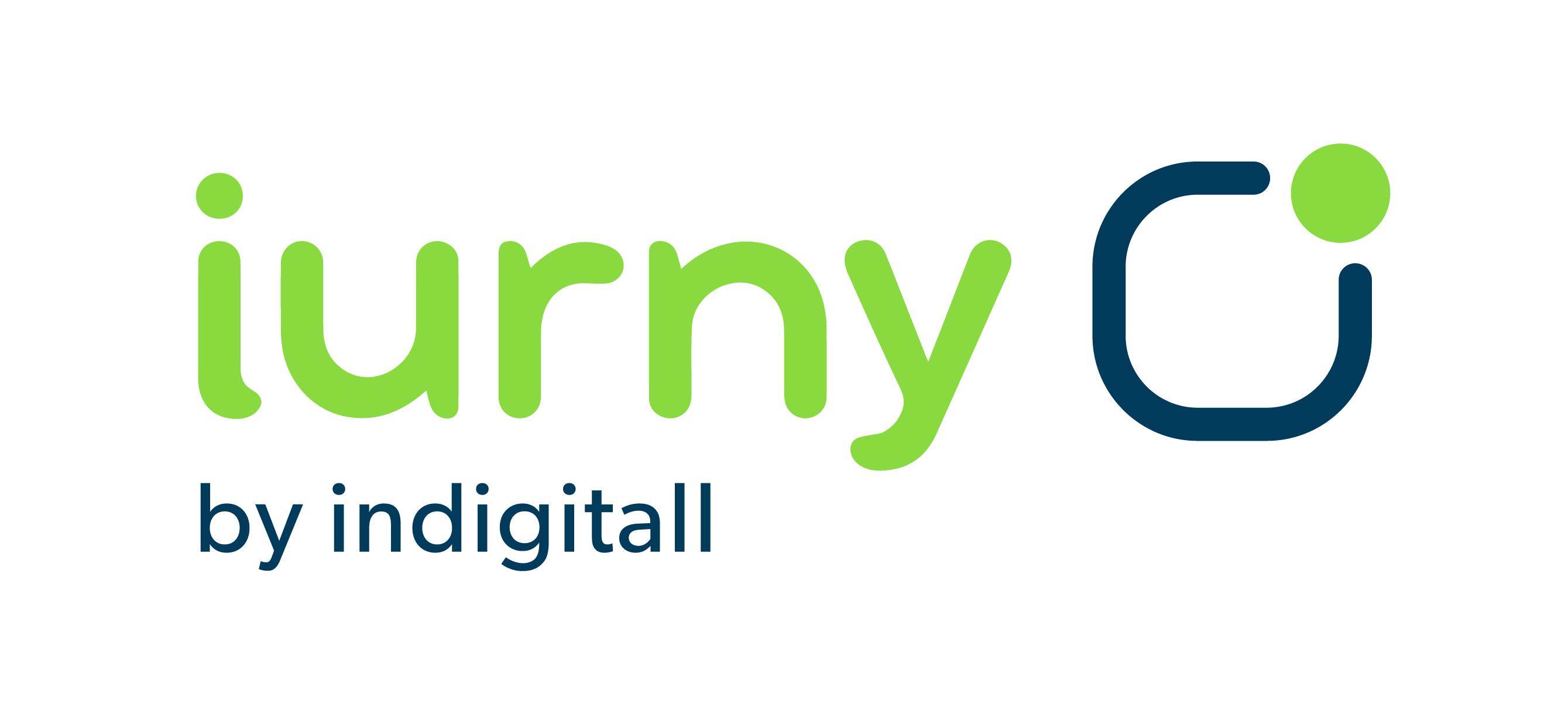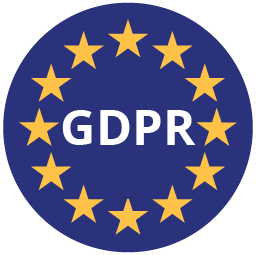How to add value to your Customer Journey
What is Customer Journey? The Customer Journey is the path a user takes through the different points of contact and interaction with brands using different digital channels. The Customer Journey concept is very fashionable in the world of Online Marketing, in an increasingly competitive environment where brands try to personalise the user experience from their first interaction with the brand to the conversion to sale or even to retention(or loyalty) phases. The theoretical version of the Customer Journey that we know with its stages(Reach, Acquisition, Engagement, etc…) is materialised in each company with a series of interactions that the brand has with users through different channels. Why is it important to optimise the Customer Journey of your business? Defining and mapping the Customer Journey of your business will help you to understand and optimise the customer experience throughout their lifecycle. Designing a Customer Journey for your business is synonymous with empathising with your users and trying to understand what they want at each stage of the process. To build your Customer Journey, you need to find out which are the moments and places that have the most impact on users’ decisions and prepare the ideal strategies, with the right messages and through the right communication channels. How can Push Notifications add value to your Customer Journey? To put things in perspective and understand the advantages of push notifications over other traditional channels, we invite you to read this other post on our blog. Push notifications offer numerous advantages that make them an indispensable element of your Customer Journey(they are secure, automated, effective and customisable, etc.). Depending on the stage the user is in, the channels that are prioritised vary greatly. Let’s see how the push notification channel is ideal to combine with other traditional channels within your Customer Journeys. Typically, in the initial phase of the journey(outreach, acquisition), the channels through which users usually interact for the first time with the brand are usually search engine campaigns(SEM and SEO), Social Ads campaigns or Landing Pages. Well, in this”Awareness” phase, the Push channel is ideal for engaging users who visit your website for the first time. The user who lands for the first time on your site is offered the possibility of receiving push notifications via a”native prompt” message and, as soon as they accept it, they become part of your audience for your next Push campaigns. Once in the engagement and consideration phases, users start to interact with the advertiser’s website more often, with your blog, newsletter or emailing campaigns. At this stage, push notifications are ideal as they allow you to notify your users about new promotions, new posts on your blog or any other news relevant to your audience. For many customers, very quickly, the push channel becomes one of the main sources of traffic for both their website and their application. Finally, in the conversion and retention phases, the user usually interacts with the check-out process of the website, with retargeting campaigns, with emails, SMS’s. Here again, push notifications can help you to make a leap in terms of personalisation of communications and in terms of volume of conversions. First of all, we invite you to set up retargeting campaigns with push notifications as soon as possible to invite users who have not completed the purchase process or have abandoned a cart. On the other hand, for the brand’s existing customers, notifications allow you to personalise the user experience to a level that traditional channels cannot achieve. For example, they can notify users about the status of their order or alert a brand’s most loyal customers about an upcoming launch or promotion. Create a personalised connection with iurny The unique identifier per user, implemented by iurny, allows for maximum personalisation of communication: sending a relevant message to the right person, at the right time through the optimal channel. Optimise the user experience, increase user satisfaction and achieve a higher conversion rate. Personalise your messages to each customer according to the variables of their profile and the information obtained from their behaviour in the app and on the web. We analyse and you will get to know the customer better, so you will be able to send relevant messages with greater success. Implement A/B Tests in iurny: our console allows you to choose/ design 2 types of campaigns so that you can impact your customers in a varied way, and thus compare their behaviour and apply these results to future campaigns. This way your customer will be satisfied with the communication received and will interact with the brand in a more fluid way and improving the user experience. Case studies: The Customer Journey is unique to each organisation and one of the pillars on which your business success is based. Even so, there are practical cases that are frequently used in most sectors and which are decisive in attracting, communicating and building user loyalty: 1- Service registration: Welcome the new user so that they have a feeling of belonging exclusively to a community with benefits and a commitment to transparency and guarantee with the treatment of their data. 2- Product purchase: Inform the customer of each step of the purchase process(payment, shipping, delivery, returns). The customer’s feeling of confidence is key to making the purchase. 3- Events: Send messages before specific events taking into account physical spaces, phone calls and interactions through any incoming and outgoing digital channel. 4- Calendar: Dates are the driving force behind a large part of marketing actions, whether for specific events(birthdays, holidays, etc.) or established events(sales season, back to school, Christmas, etc.). 5- Retargeting: The recovery of abandoned carts is fundamental to increase purchases. Improve communication at the weakest points of the process. 6- Random Paths: Establish different cross-channel journeys according to the different characteristics, interests and behaviour of users.



